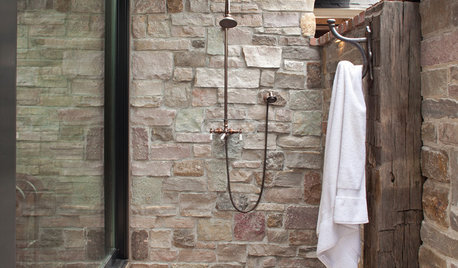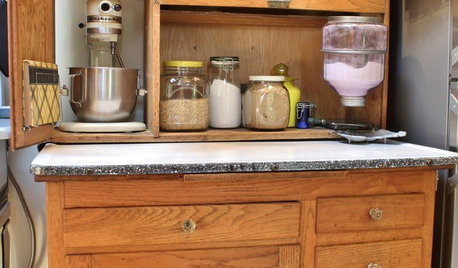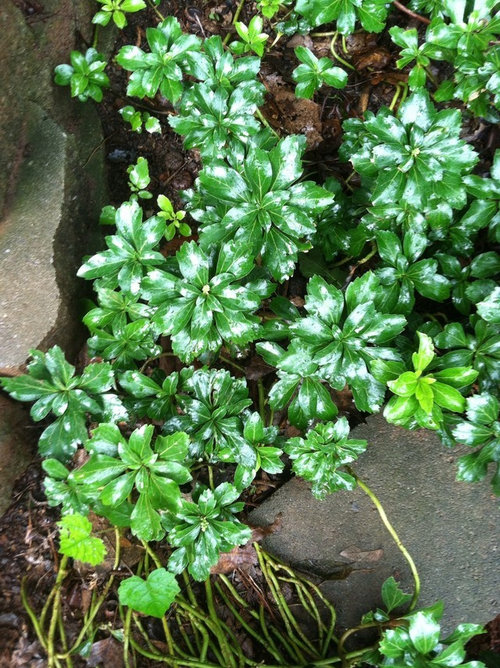Anyone know what these are?
treasureforu
10 years ago
Related Stories

LIGHTINGWhat to Know About Switching to LED Lightbulbs
If you’ve been thinking about changing over to LEDs but aren't sure how to do it and which to buy, this story is for you
Full Story
KITCHEN SINKSEverything You Need to Know About Farmhouse Sinks
They’re charming, homey, durable, elegant, functional and nostalgic. Those are just a few of the reasons they’re so popular
Full Story
HOUSEKEEPING10 Things Neat Freaks Know to Be True
Do you err on the incredibly tidy side? Then you probably already live by these nuggets of neat wisdom
Full Story
GARDENING AND LANDSCAPING28 Outdoor Projects Everyone Should Know About
Learn how to refinish your wood deck, make a garden fountain, add a shed and more
Full Story
MATERIALSInsulation Basics: What to Know About Spray Foam
Learn what exactly spray foam is, the pros and cons of using it and why you shouldn’t mess around with installation
Full Story
GREAT HOME PROJECTSWhat to Know Before Refinishing Your Floors
Learn costs and other important details about renewing a hardwood floor — and the one mistake you should avoid
Full Story
ANTIQUESMust-Know Furniture: The Hoosier Cabinet
This freestanding cabinet handled all the kitchen bustle in the early 20th century, earning it the motto ‘Hoosier saves steps’
Full Story
KITCHEN DESIGNWhat to Know About Using Reclaimed Wood in the Kitchen
One-of-a-kind lumber warms a room and adds age and interest
Full Story
ROOFSWhat to Know Before Selecting Your Home’s Roofing Material
Understanding the various roofing options can help you make an informed choice
Full Story
DECORATING GUIDES7 Things to Know About Foo Dogs
These Chinese decorative statues have a lengthy history and are powerfully symbolic
Full Story






treasureforuOriginal Author
agardenstateof_mind
Related Professionals
Fitchburg Landscape Architects & Landscape Designers · Glendora Landscape Architects & Landscape Designers · Forest City Landscape Architects & Landscape Designers · Pelham Landscape Contractors · Aloha Landscape Contractors · Davis Landscape Contractors · Fort Myers Landscape Contractors · Fort Worth Landscape Contractors · Hawaii Landscape Contractors · Lancaster Landscape Contractors · Pleasant Hill Landscape Contractors · Selden Landscape Contractors · Wilsonville Landscape Contractors · Clearfield Landscape Contractors · Missouri City Swimming Pool BuilderstreasureforuOriginal Author
agardenstateof_mind
treasureforuOriginal Author
agardenstateof_mind